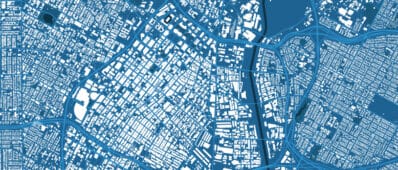Project Summary
Climate change in California could have a large impact on the state’s economy, natural, and public health. One strategy to reduce fuel consumption and greenhouse gas emissions from the transportation sector is eco-driving. With the advance of connected-vehicle technologies, dynamic eco-driving uses real-time vehicle-specific information to optimize the vehicle speed and reduce fuel consumption and emissions. However, the effectiveness of eco-driving is seriously compromised by two issues: drivers’ interactions with the in-vehicle displays and lack of compliance with the real-time guidance. For the eco-driving applications to be optimally utilized and widely adopted, such challenges must be properly addressed. This project proposes to explore the two issues through a driving simulator experiment. Two types of roadways will be investigated, including local roadway with signalized intersections, and freeway stop-and-go traffic. Two well-established connectivity-based eco-driving velocity planning algorithms will be experimentally evaluated. Through findings of this project, the research team expects to provide policy makers with (1) realistic estimations of benefits of eco-driving applications; (2) countermeasures for higher compliance rate; (3) guidelines for safer interface design; and (4) guidance regarding increasing public awareness and adoption of eco-driving technologies.

